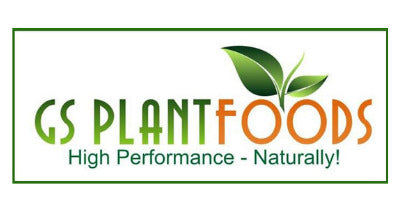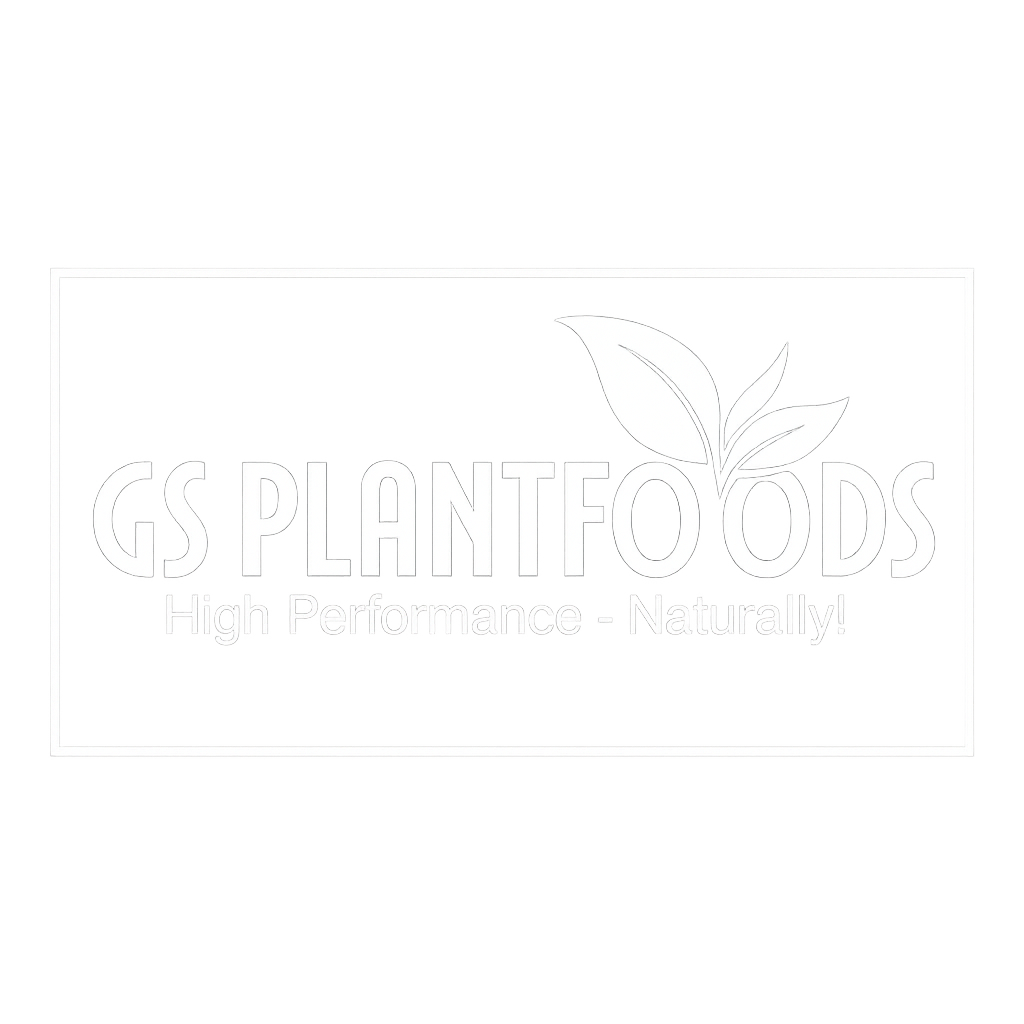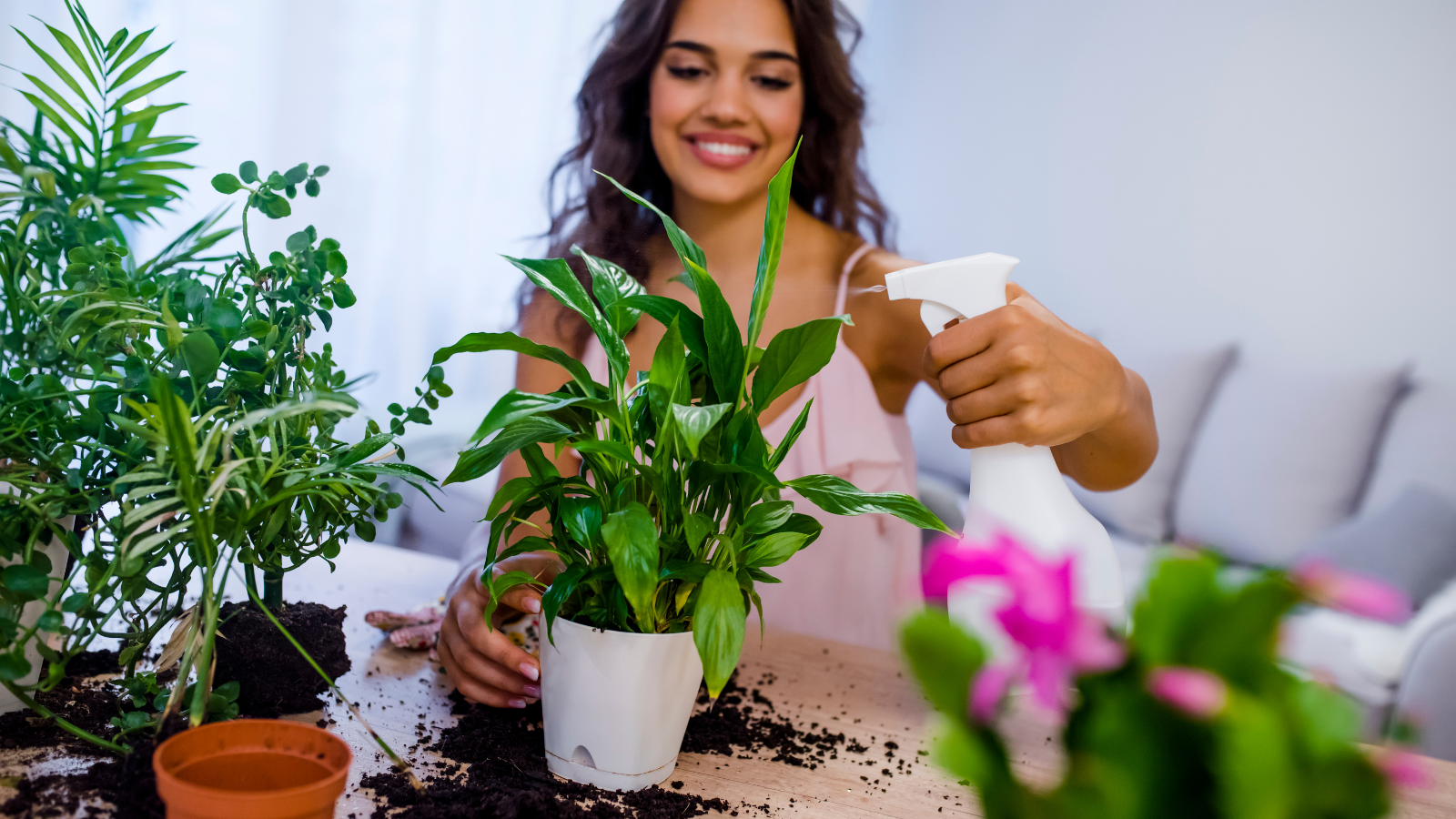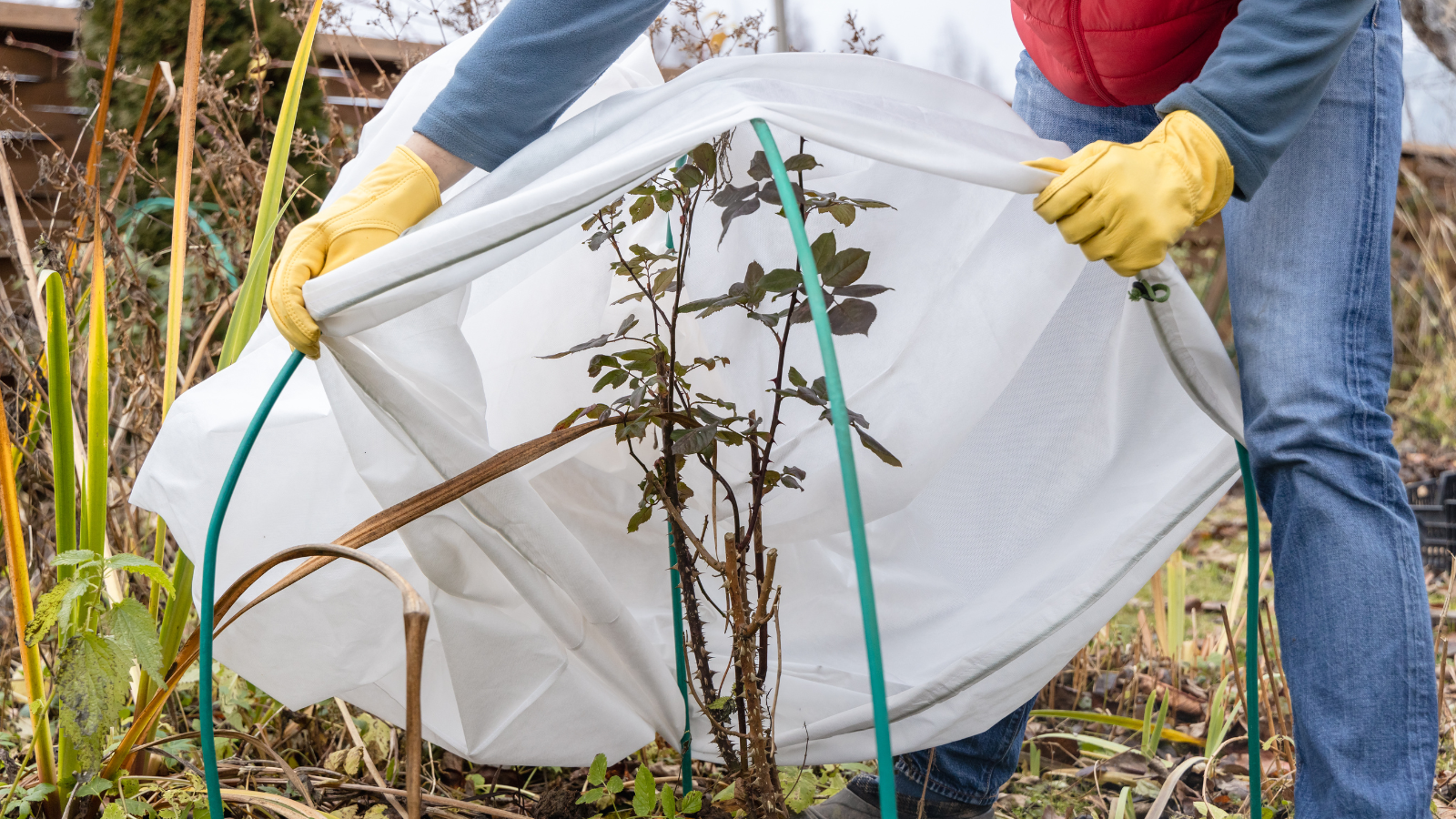As the vitality of your outdoor garden fades with the coming cold, the opportunity for a vibrant indoor winter garden emerges. This is more than just keeping houseplants alive; it’s about creating a productive, lush, and beautiful micro-ecosystem that combats the winter gloom and feeds your green soul.
Success lies in meticulously replicating the conditions your plants love, especially by managing light, water, and nutrients.
The Science of Indoor Light
Natural daylight is at its lowest intensity and duration during winter. For most plants to do more than just survive, supplemental light is essential.
Understanding the key metrics of light—spectrum, intensity, and duration—is crucial for a thriving winter setup.
Spectrum: The Colors of Growth
Plants primarily use the blue and red ends of the light spectrum for photosynthesis, known as Photosynthetically Active Radiation (PAR).

Blue light encourages strong, vegetative growth, resulting in compact, bushy plants with thick stems. Red light is essential for flowering and fruiting.
Full-Spectrum (White) LEDs are the most popular choice for home growers as they emit a balanced, white light that is pleasant for the human eye, yet provides all necessary wavelengths.
Aim for bulbs between 5000K to 6500K for general growth and foliage plants.
Intensity and DLI
Light intensity is a game-changer. For serious indoor gardening, rely on a metric called Daily Light Integral (DLI), which measures the total amount of usable light (in moles per square meter per day) a plant receives over a 24-hour period.
DLI is a combination of light intensity and duration.
-
Low Light (e.g., Pothos, Snake Plant): Needs a DLI of roughly 0.9 – 3.0 mol/m²/d. Lights can be 12–24 inches away, on for 12-14 hours.
-
High Light (e.g., Herbs, Succulents): Needs a DLI of roughly 10 – 20+ mol/m²/d. Use high-output lights placed 6–12 inches away, on for 14–18 hours.
Since LED lights are highly efficient and produce little heat, you can position them quite close (6–12 inches) to high-light plants to maximize the light intensity without the risk of burning the foliage.
Humidity, Temperature, and Water
The sealed, heated environment of a winter home presents a unique set of challenges that can stress your plants if left unaddressed.
The Humidity Crisis
Furnaces run constantly, drying the air to humidity levels often well below the 40-60% range that most tropical houseplants prefer.
Low humidity causes leaf tips and edges to turn brown and makes plants highly susceptible to pests like spider mites. A simple cool-mist humidifier placed in the plant area is the most effective solution.
You can also group plants together or place pots on pebble trays filled with water.

The Water Paradox
The reduced light and cooler air mean plants use significantly less water.
This is the time to be extra cautious. Always use the "finger test"—only water when the top 2 inches of soil are completely dry.
Overwatering is the number one killer of indoor plants in winter. Always use water that is at room temperature to prevent root shock, and never let a plant sit in a saucer full of drained water.
Nutrition in Dormancy: The GS Plant Foods Advantage
Your plants are not actively growing like they are in spring and summer, so you must drastically reduce or pause your standard feeding schedule. However, plants still need trace elements and soil conditioning to maintain health and fight stress.
This is where organic, natural biostimulants shine.
GS Plant Foods offers a range of high-quality organic options that are perfect for winter maintenance.
GS Plant Foods Organic Liquid Kelp Seaweed
This product is an excellent source of over 70 micronutrients and natural growth hormones. It acts as a natural anti-stress agent that fortifies plant cells, helping them resist dryness, sudden temperature changes, and disease.

Use it as a light foliar spray once every 4–6 weeks, or as a very diluted soil drench (half or quarter strength of normal) to aid root health without pushing new, weak growth.
GS Plant Foods Organic Liquid Humic Acid
This is primarily a soil conditioner, not a fertilizer. It helps bind nutrients in the soil and improve water-holding capacity, making the limited available nutrients more accessible to the roots. It supports the crucial soil microbiome that keeps roots healthy during slower metabolism.

Apply as a soil drench once every 6–8 weeks. It’s safe to use even when the plant is dormant since it focuses on soil structure and nutrient efficiency.
GS Plant Foods Fish & Kelp Liquid Blend Organic
This popular blend provides a gentle, bio-available source of Nitrogen (from the fish) and Potassium/micronutrients (from the kelp).
It’s an all-purpose gentle feed that’s perfect when you need a little boost for actively growing herbs or plants under strong grow lights. Use it at one-quarter to one-half strength once a month for plants that are showing active growth under supplemental lights.
For fully dormant houseplants, defer to the Liquid Kelp alone.

If you are using high-intensity grow lights for edibles, consider growing Basil, Mint, Chives, Loose-leaf Lettuce, or Cherry Tomatoes. These varieties perform exceptionally well indoors and will benefit from a regular, albeit diluted, feeding schedule using the GS Plant Foods Fish & Kelp Liquid Blend Organic to support their continuous production.
Summary
Creating a thriving indoor winter garden depends on mastering three factors: light, environment, and nutrition.
Since natural light is scarce, you must use full-spectrum LED grow lights and track DLI (Daily Light Integral) for proper growth. Combat the dry indoor air by actively boosting humidity and preventing drafts.
Finally, embrace minimalist, supportive feeding. Use organic products like GS Plant Foods Organic Liquid Kelp Seaweed to boost immunity and Organic Liquid Humic Acid to maintain root and soil health during the winter slowdown.
Always remember to be cautious with watering and feeding—when in doubt, give less.





Share:
The Science Behind Winterizing Fertilizers: Protecting Roots from Frost